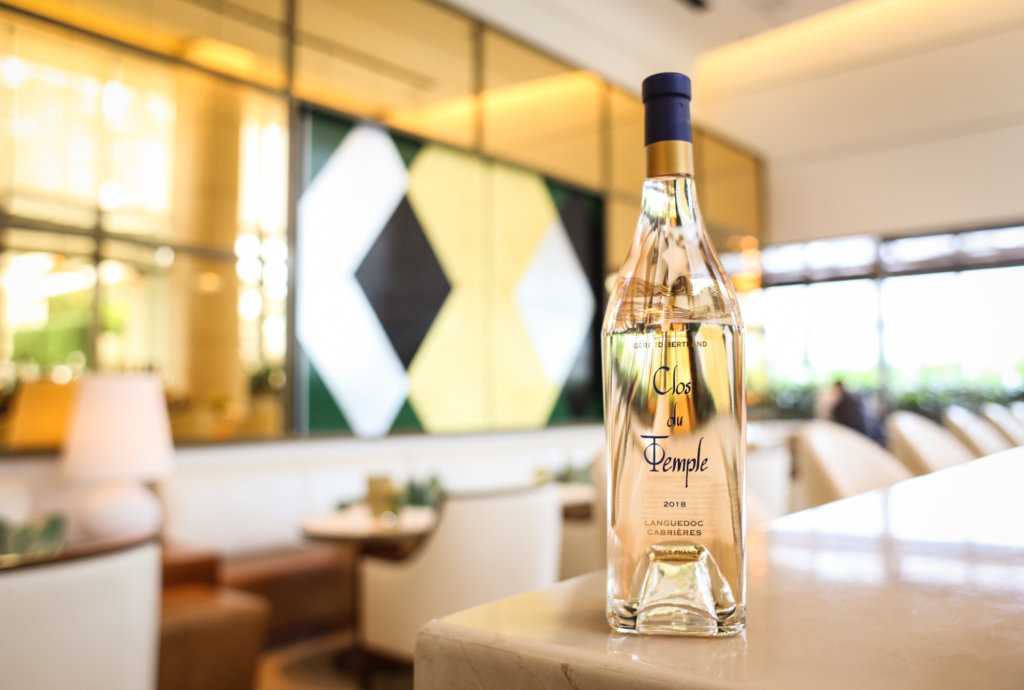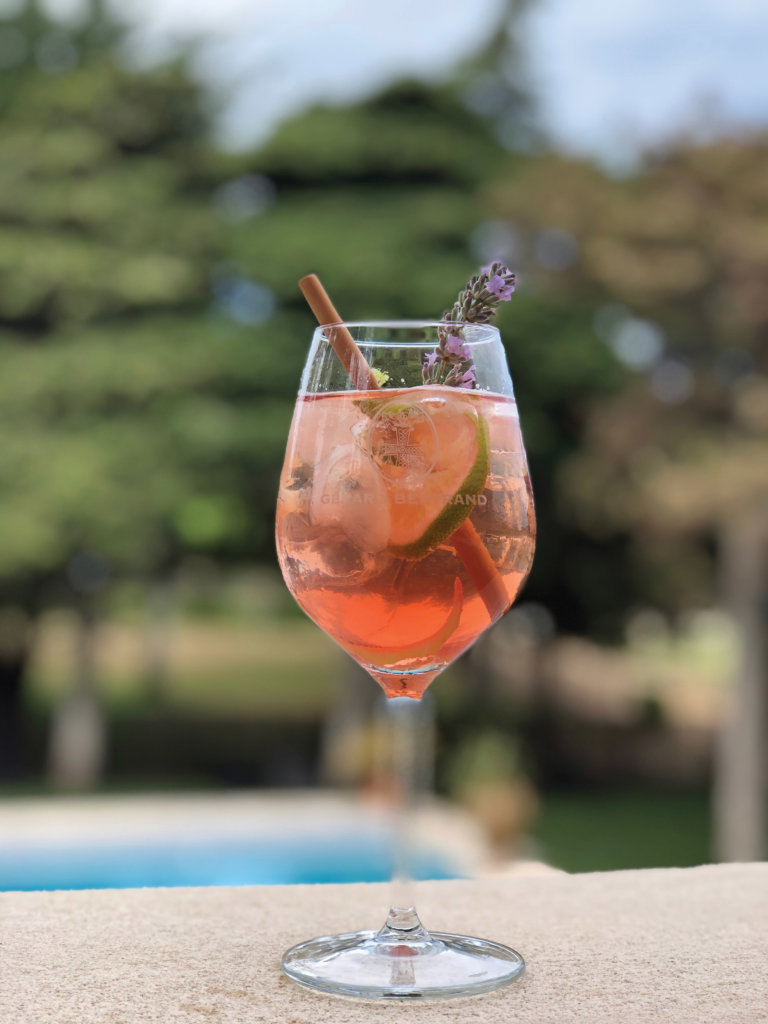When the occasion calls for something special, think pink.
New Year’s Eve, birthdays, weddings, anniversaries and more–what do these momentous occasions have in common? They all call for popping bottles of Champagne and memorable toasts. But here’s something to consider: why do we choose Champagne as a celebratory drink when there are other options that are just as–if not more–sophisticated?
Instead, imagine popping bottles of rosé on joyous occasions. A blend that’s elegantly crafted and celebrates life. It’s called Clos du Temple.

This is the vision of Gérard Bertrand, a man who grew up in the South of France balancing a professional rugby career while helping manage his father’s wine business. Now, Bertrand is the largest biodynamic wine producer in the world with 15 family-owned estates and is the second-largest importer of French wines into the United States.

“My father used to say that wine is made from a thousand and one details,” Bertrand told writer Katherine Cole in a book entitled “Rosé All Day.”
He added, “If you want to make the best wine possible, you need to have the best grapes. You need a balanced, healthy vineyard. You need to respect nature. You need to reinforce the vitality of the vine.”

This is where biodynamics come into play. What does that mean? Well, for experts and sommeliers it’s not just about the wine, but rather the earth and environment. Under Bertrand’s practices, it became apparent that biodynamic farming produces a higher quality product as well as reinforces the terroir.
The release of Clos du Temple, Bertrand’s ground-breaking wine from the Cabrières appellation in the South of France, is his assertion that rosé can be as sophisticated as the finest whites and reds.

Why Cabrières? Well, careful research of the history of Languedoc wine-making led Bertrand to Cabrières. It is one of the region’s smallest appellations and in the 17th century supplied the favored rosé wines for the Sun King, Louis XIV.

You could say Bertrand was ahead of the rosé trends. The brawny former rugby player has embraced the pink drink and broken the stigma that rosé is a lady’s delight. In fact, with a suggested retail price of $190, and already awarded the highest score for a still rosé from Decanter Magazine in Britain, he’s raising the status of rosé.

And remember when we mentioned this rosé is a celebration of life? Not only does Gérard Bertrand carefully craft the contents of the inside of the bottle, but also the bottle itself.
At first glance it may look like your ordinary bottle, but with its square base and pyramidical punt rising to a circular shoulder, the bottle itself symbolizes the cosmos and the principles of biodynamics. Making Clos du Temple “the most iconic rosé on earth.”

By Loren Gutentag, Contributing Writer









